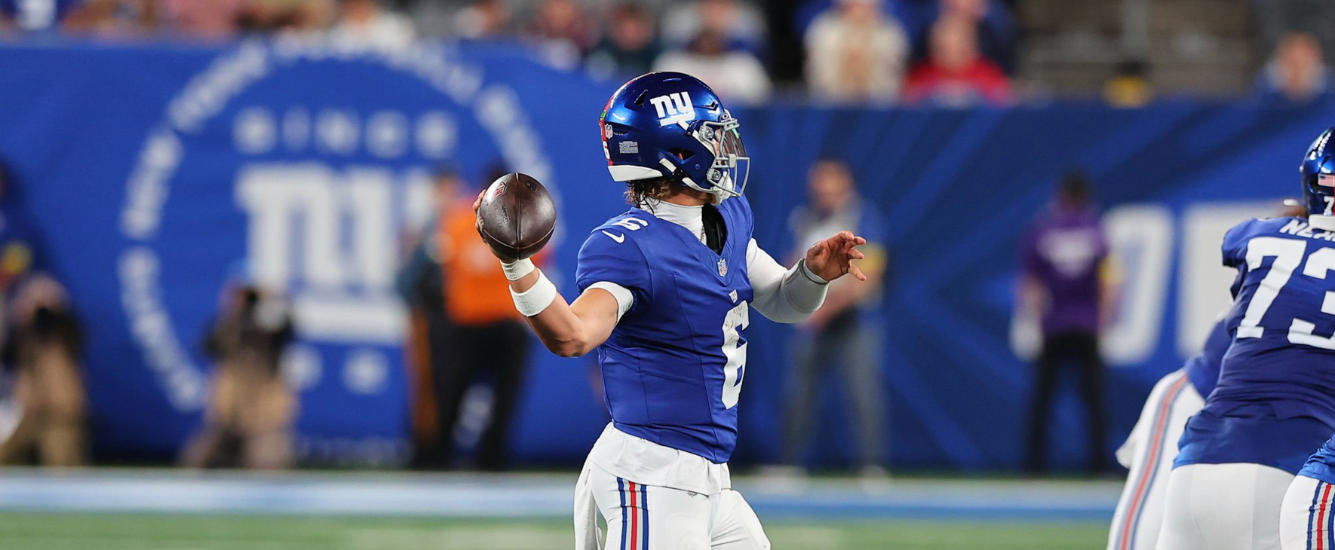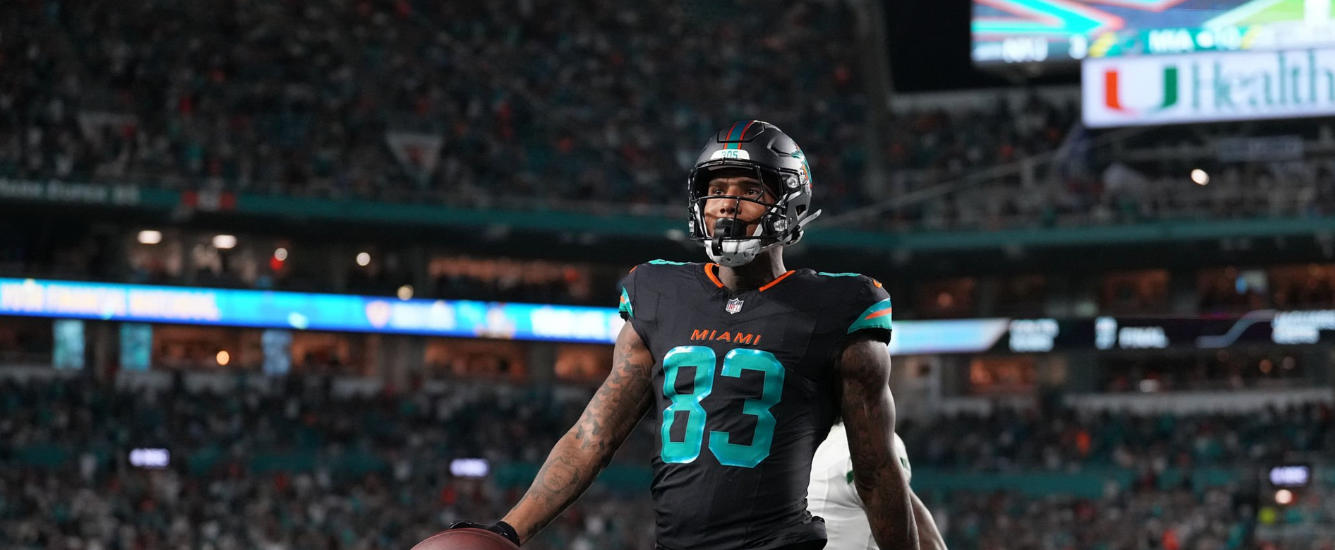I’ve spent most of the past three months diving into different ways to model PGA Tour performance. As with most things, predicting golf exists on a spectrum. On the “most predictable” side of that spectrum, you have things like Driving Distance. It doesn’t really change from event to event with some, rare exceptions. On the other end, we have things like putting performance. The variance is off the charts and it’s a fool’s errand to devote much time to predicting it.
The one piece of information that we can be reasonably sure of heading into a tournament is what a golfer’s potential ownership will be. Each week, I publish the PRK Model results alongside my ownership projections. With that in mind, I’ve decided to do a series on performance vs ownership at different salary ranges. We’ll start at the top with golfers that are between $7,500 and $8,400.
What Does Ownership Look Like in the $7,500-$8,400 Range?
The median ownership of all of the golfers in this group is about 8.5%. I broke out the historical results of this cohort into four equal groups.
| Ownership Group | Ownership Range | Total Golfers |
| Mega-Chalk | 13.5% and Up | 275 |
| Chalk | 8.5% – 13.49% | 275 |
| Medium-Owned | 4.5% – 8.49% | 275 |
| Low-Owned | 4.54% and Below | 275 |
As we go through the rest of this piece[1]and subsequent parts of this series, we’ll use these same ownership group names but the numbers may be different across salary ranges.

We’ve seen two golfers hit 40% or more in this range. Luke List and Emiliano Grillo are the only golfers to do so since the beginning of 2018.
Are We Good at Picking Golfers from this Range?
I looked at how golfers performed in this range over the past three years. A ceiling outcome — 80th percentile — is considered a score of 82 DK Points. An average outcome is 57.7 DK Points. Lastly, a floor outcome — 20th percentile — is considered a 27 DK Point performance.
| Ownership Group | Ceiling Rate | Average Rate | Floor Rate |
| Mega-Chalk | 26% | 61% | 83% |
| Chalk | 19% | 51% | 81% |
| Medium-Owned | 16% | 49% | 76% |
| Low-Owned | 17% | 48% | 78% |
We aren’t looking for average outcomes when we’re attacking GPPs. It appears that, as a community, we’re quite a bit better at selecting the best plays in this group. This cohort of golfers has a median OWGR of 95 in this sample. The range is significantly wider than the groups we’ve gone through so far, though. To add some context, let’s take a look at how the price changes affect these rates. It helped to clarify our targets in the last range, so hopefully, it does the same here.
Do Price Changes Matter?
The way this tier breaks down seems pretty intuitive. If we think about pricing as a proxy for recent form — which it largely is — then the largest price drops are likely coming from golfers that are seeing a drop in performance.
| Previous Event’s Salary Group | Ceiling Rate | Average Rate | Floor Rate | Count |
| $9,500+ | 13% | 45% | 80% | 55 |
| $9,400 – $8,500 | 17% | 53% | 76% | 167 |
| $8,400 – $7,500 | 20% | 54% | 79% | 306 |
| $7,400 – $6,500 | 20% | 52% | 81% | 464 |
That’s essentially how it breaks down, too. Golfers that fell all the way from the stud range to here only make up about 5% of the sample. When these drops happen it’s likely for a very good reason. It’s tempting to play guys who seem underpriced, but there’s a decent trend showing that when golfers drop from a higher tier to the $7,500-$8,400 range they should be largely avoided.[2]Yes, they have the second-highest floor rate, but if we’re talking about GPPs, the floor rate is largely irrelevant. The best ceiling and floor rates belong to those golfers that are jumping up in price. Again, it’s not shocking as these golfers are on the ascent and/or seeing price jumps because of weaker fields.
Conclusions
The value tier is important because plenty of golfers in this price range will miss the cut. If most of the cut equity — and upside — resides with the more expensive golfers, then we need to be sharp in this range. If we’re able to focus on taking a few shots on the golfers that are jumping up into this range, we should be able to get some leverage. Eating some of the chalk in this range isn’t the worst thing, either. The way that I’d attack this tier would be to match the field on chalk as long as they are golfers who’ve seen that price increase from the cheap tier and then spread out my exposure among the golfers in the 8%-12% range.
It’s also worth noting that over the past year of doing ownership projections the r-squared to actual ownership in the biggest 20-Max contest of that given week has averaged out to about 0.84. If we can gain leverage in all of our lineup decisions based on the work here[3]and in the rest of this series, then we’re going to be at an advantage over the long-term.



















